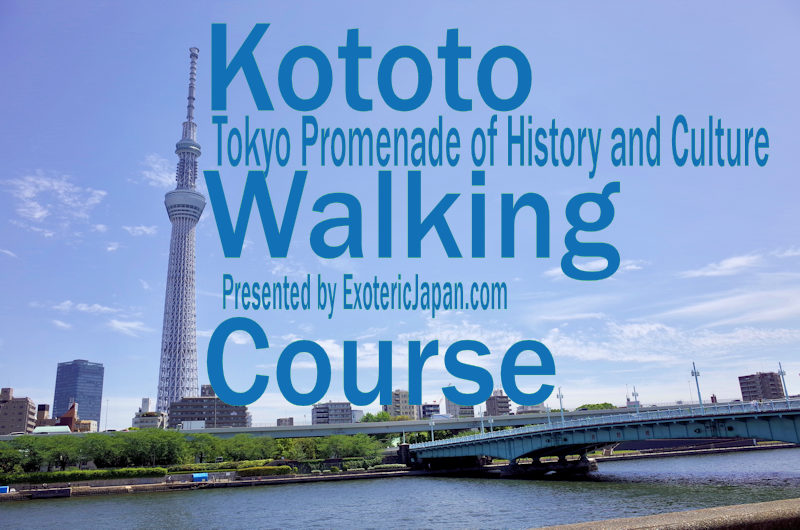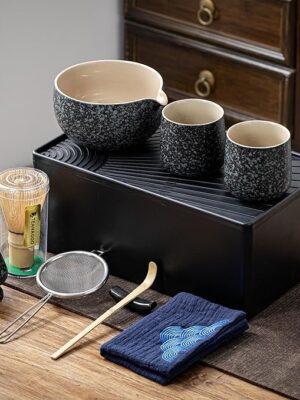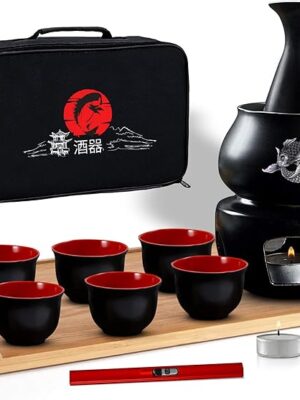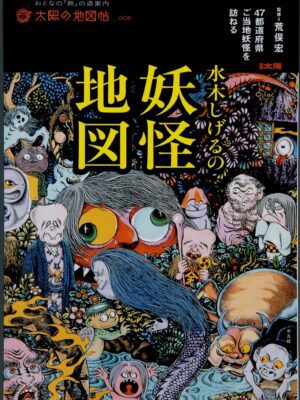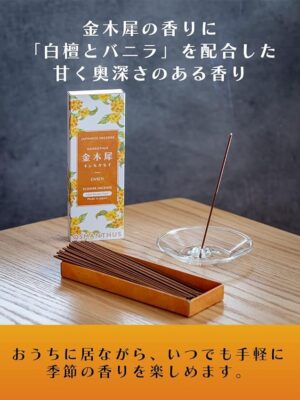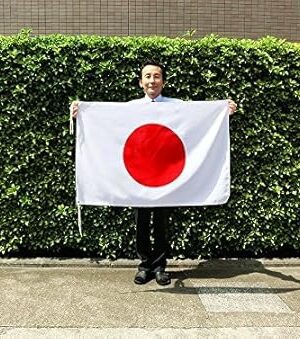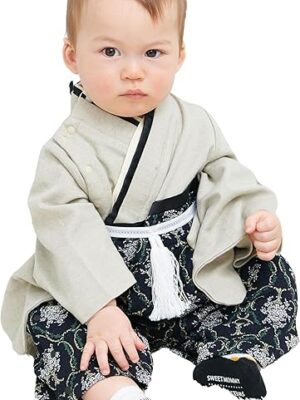The The Kototo Walking Course | 言問コース starts at the Thunder Gate at Asakusa and strolls up the Sumida river to shrines that house the Seven Gods of Prosperity.From KaminariMon (Thunder Gate) to the Seven Gods of Prosperity
Amazon Affiliate Linked Japanese Goods Shop
-
Sale!
Miccostumes Anime Corps Cosplay Costume Uniforms
Original price was: $50.$40Current price is: $40. Check it out on Amazon -
Sale!
Women’s Easy Yukata Robe Casual Cotton Kimono for Summer
Original price was: $97.$75Current price is: $75. Check it out on Amazon
7.5 km in Total Length
Stroll around Sensoji Town
Higashiueno 5-chome – Nakamise
Temples gathered around Asakusa Street after the great fire of 1657. Therefore, this area was called Shinteramachi during the Edo period. If you see a giant cook’s face on top of a building, below it is Kappabashi Dougu Street, where you can find all kinds of restaurant utensils. Once you finally pass through the street of tools, you will find a row of shops selling Buddhist altars and accessories. The first section of the Kototo Walking Course extends all the way to Kaminarimon aka the Thunder Gate.Shrine festival and walk along the ink bank
Nakamise – Sakurabashi
Pass through Kaminarimon and pass through the lively Nakamise Street. Sensoji Temple dates back to the Edo period, during the reign of Emperor Suiko (628). Of course, it is the oldest temple in Tokyo. Okuyama on the west side of the main hall was a different world that became a mecca for spectacle and street performances during the Edo period. That “worldly” energy has been inherited in the Sixth Ward Industrial District. Asakusa Shrine behind the precincts is also known as Sansha-sama. The Sanja Festival in May is one of the festivals that represents Edo, along with Kanda, Sanno, and Fukagawa. It goes around Sumidai, Sumida Park, and reaches the X-shaped Sakura Bridge.Sumida River Seven Lucky Gods walk
Kotoibashi – Kanegafuchi Station
The Sumida River is newly attracting attention as a waterfront. Cross the Kotoibashi Bridge and visit Mukojima. Sumida Park along the river is famous for its cherry blossom viewing. In addition, the Sumida River Seven Lucky Gods tour along the Sumida River was an elegant New Year’s event for the common people of the Edo period.

